Community articles — Essay
Recent
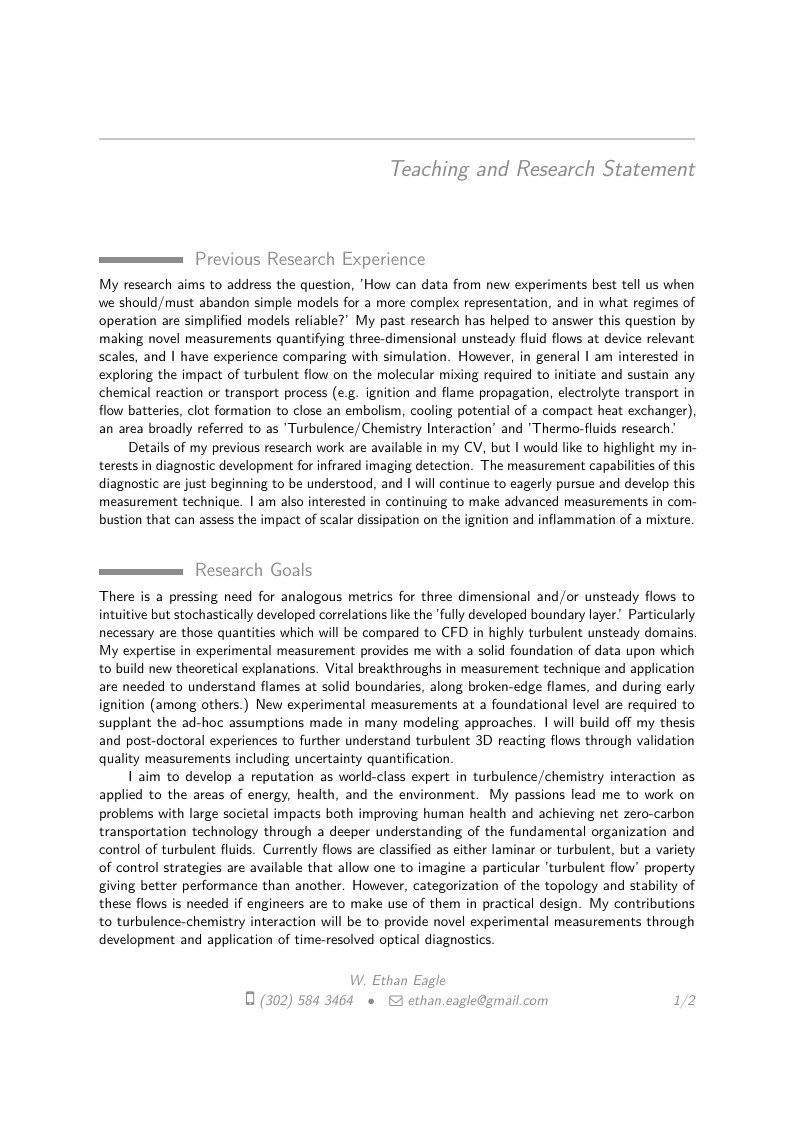
Teaching and Research Statement example written for 2015 faculty search season.
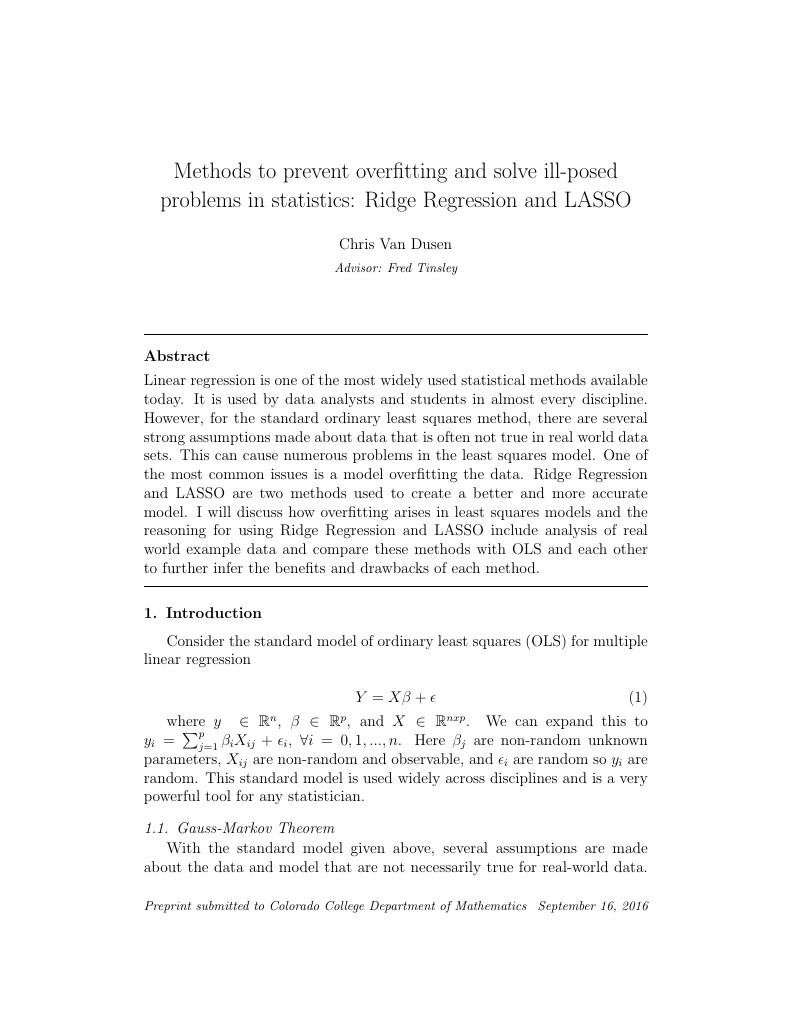
Linear regression is one of the most widely used statistical methods available today. It is used by data analysts and students in almost every discipline. However, for the standard ordinary least squares method, there are several strong assumptions made about data that is often not true in real world data sets. This can cause numerous problems in the least squares model. One of the most common issues is a model overfitting the data. Ridge Regression and LASSO are two methods used to create a better and more accurate model. I will discuss how overfitting arises in least squares models and the reasoning for using Ridge Regression and LASSO include analysis of real world example data and compare these methods with OLS and each other to further infer the benefits and drawbacks of each method.
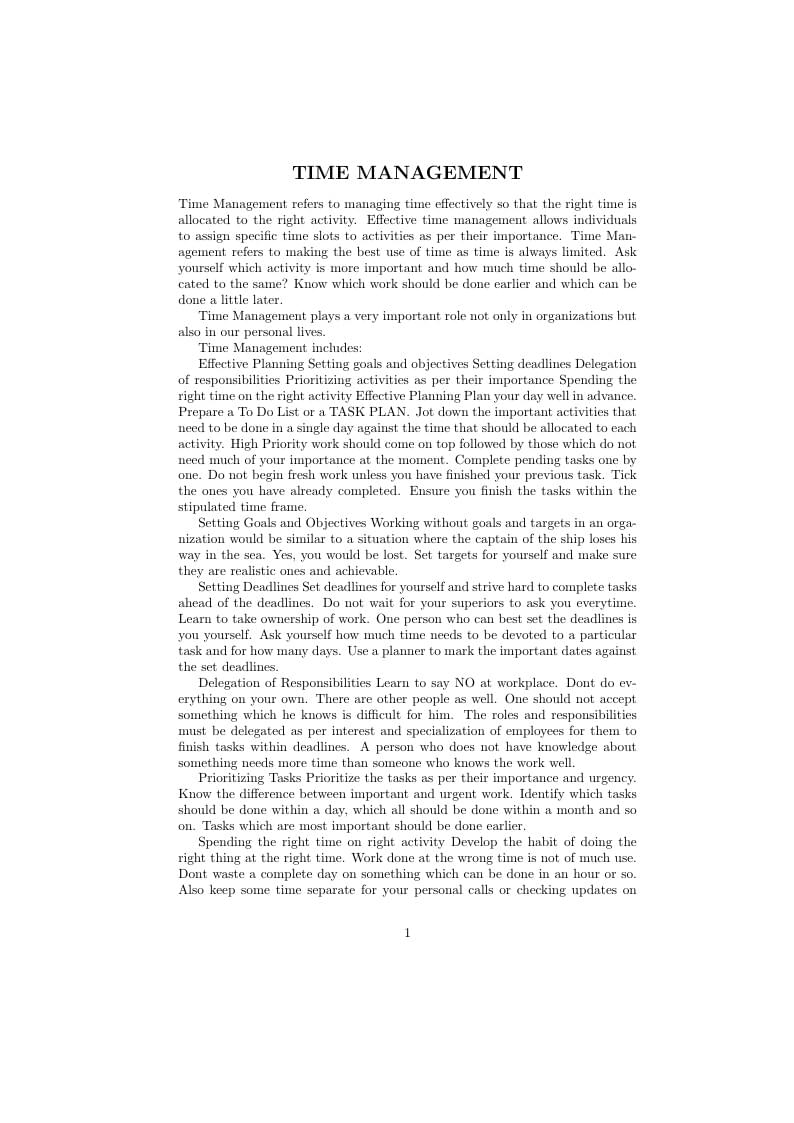
Importance of time management
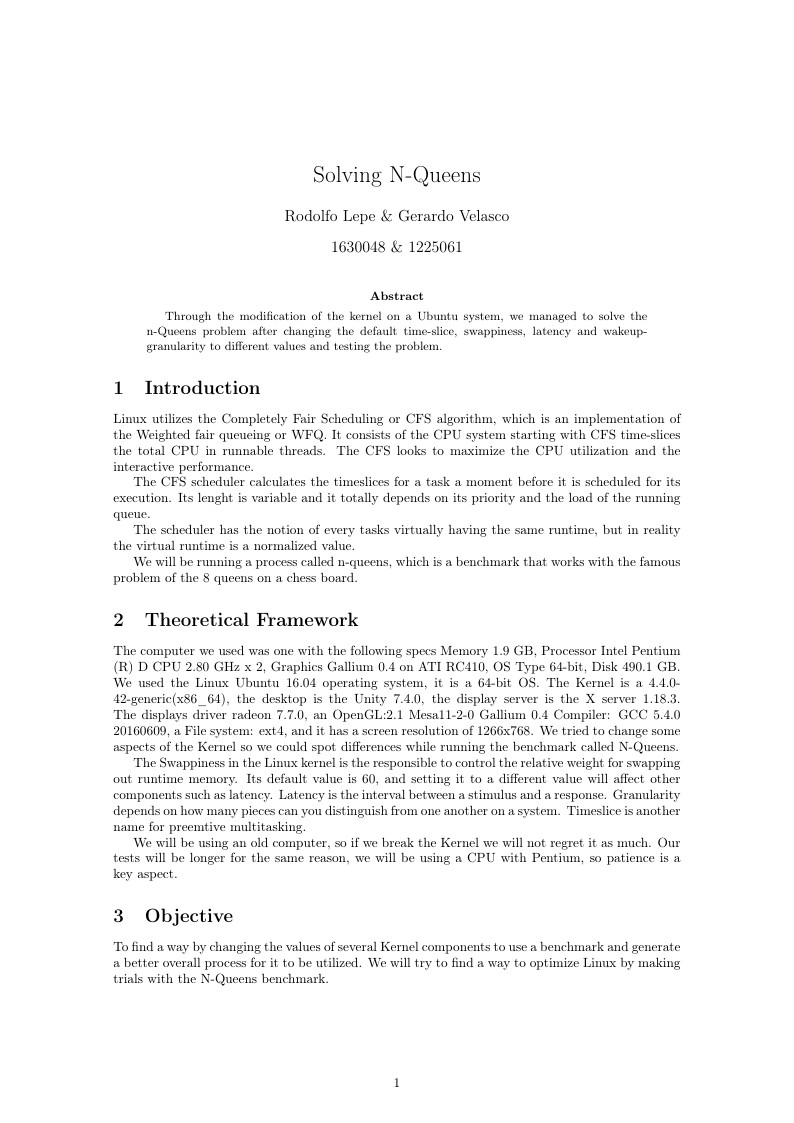
Through the modification of the kernel on a Ubuntu system, we managed to solve the n-Queens problem after changing the default time-slice, swappiness, latency and wakeup-granularity to different values and testing the problem.
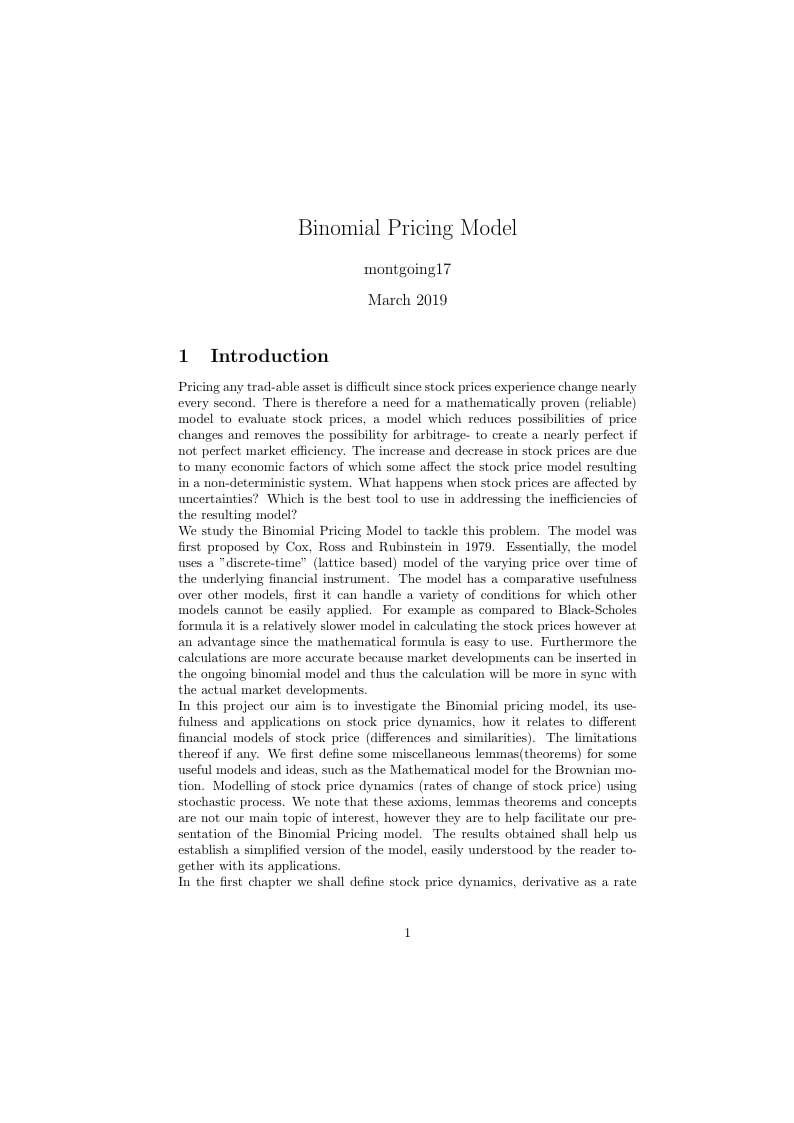
Binomial Pricing model, proposal for the final dissertation.
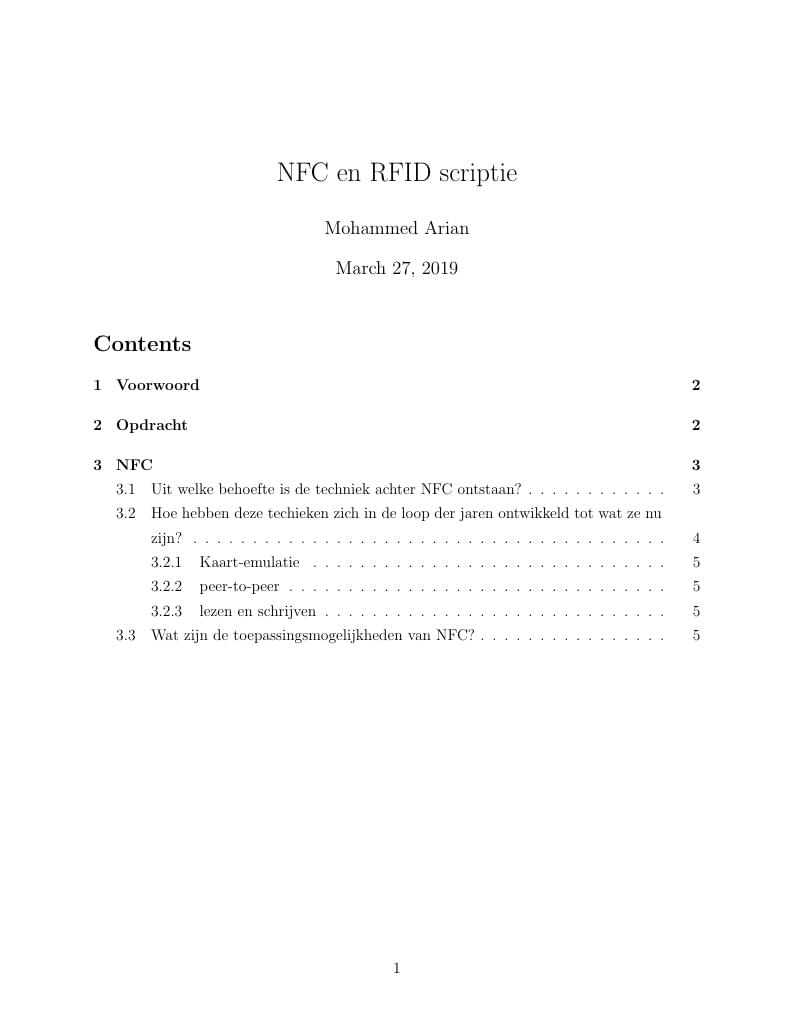
scriptie NFC en RFID. 1 Voorwoord Tegenwoordig ontwikkelt de technische wereld zich aardig snel. Als jij deze ontwikkelingen regelmatig volgt, dan komen de volgende termen Near Field Communication (NFC) en radiofrequentie-indentificatie (RFID) je zeker bekend voor. Dit is een technologie die op afstand informatie kan opslaan en lezen. Deze ontwikkeling in de technische wereld zoals NFC en RFID worden grootschalig uitgeprobeerd. NFC en RFID technologie maken handelingen zoals betalen makkelijker en sneller, daardoor ziet men er veel potentie in. Doormiddel van deze scriptie zal je kennis over dit onderwerp groter zijn.
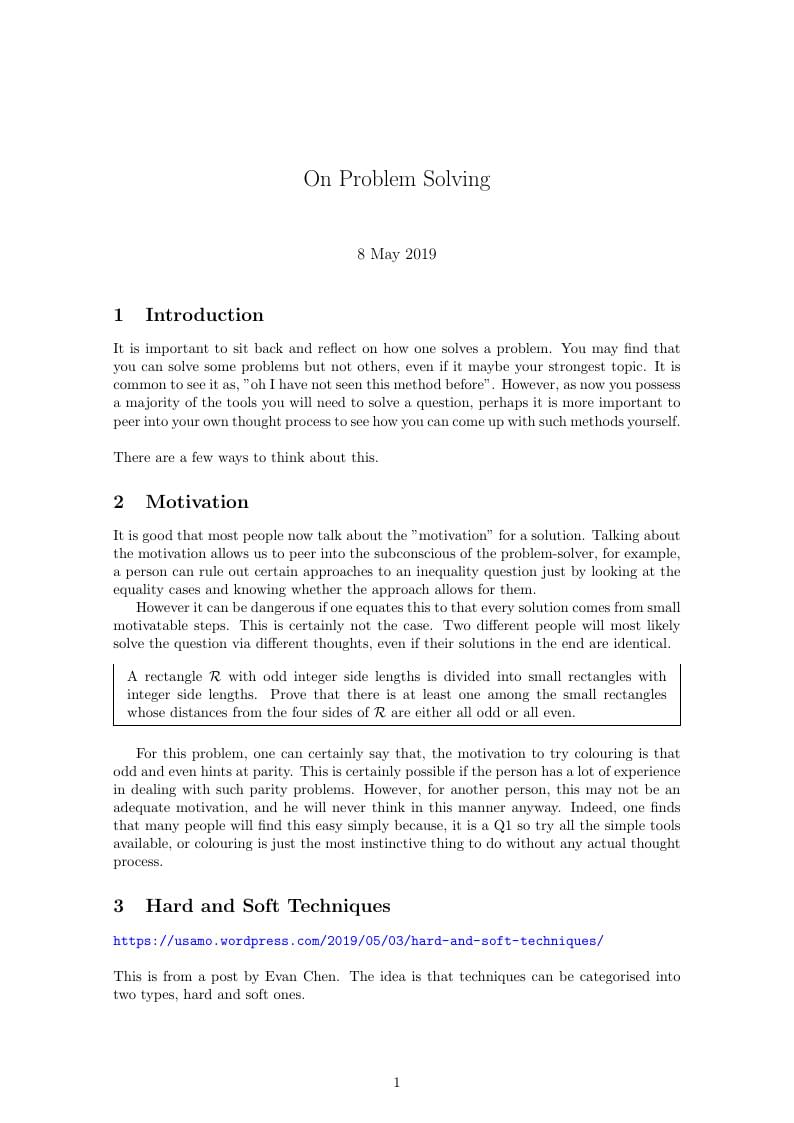
Note on problem solving
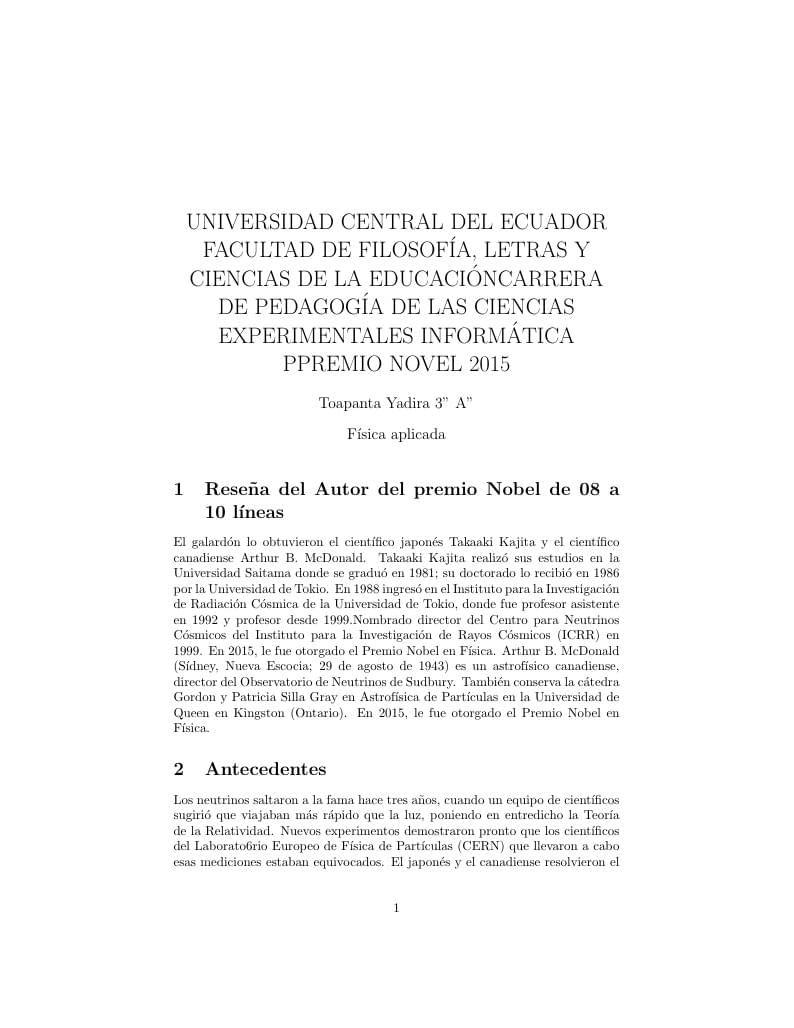
Investigación sobre los premio Nobel
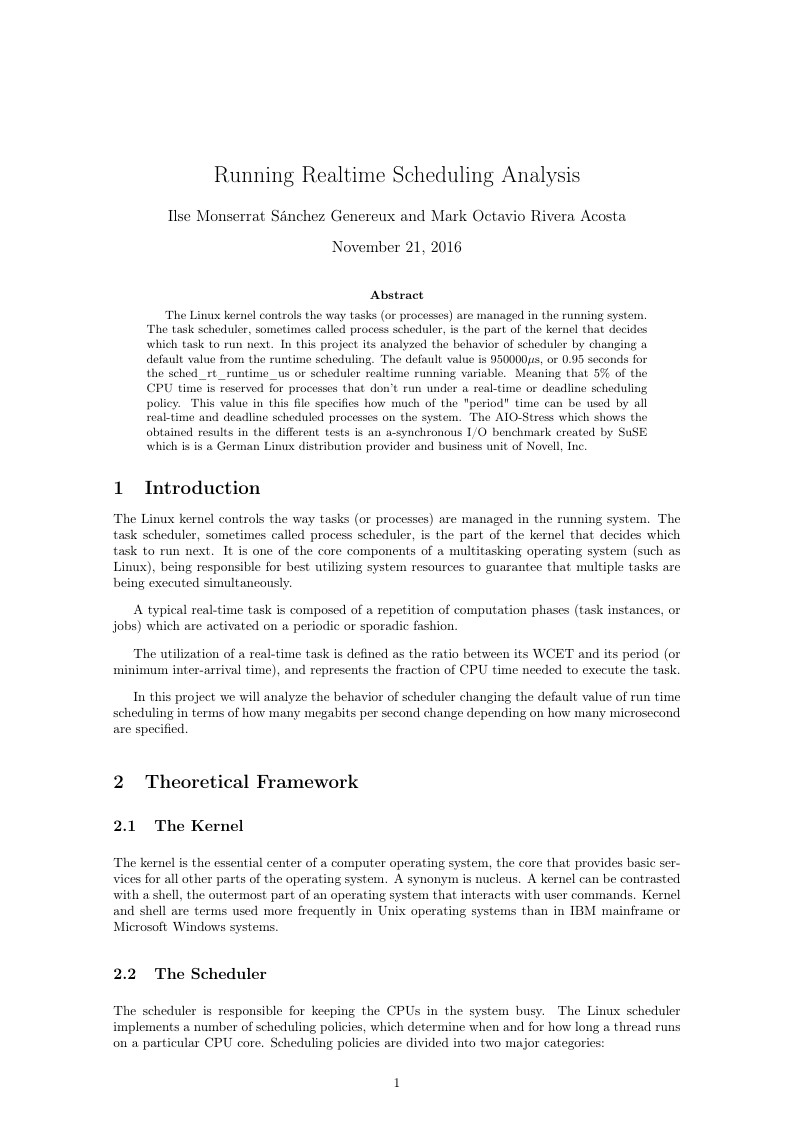
The Linux kernel controls the way tasks (or processes) are managed in the running system. The task scheduler, sometimes called process scheduler, is the part of the kernel that decides which task to run next. In this project its analyzed the behavior of scheduler by changing a default value from the runtime scheduling. The default value is 950000µs, or 0.95 seconds for the sched\_rt\_runtime\_us or scheduler realtime running variable. Meaning that 5% of the CPU time is reserved for processes that don't run under a real-time or deadline scheduling policy. This value in this file specifies how much of the "period" time can be used by all real-time and deadline scheduled processes on the system. The AIO-Stress which shows the obtained results in the different tests is an a-synchronous I/O benchmark created by SuSE which is is a German Linux distribution provider and business unit of Novell, Inc.
\begin
Discover why over 20 million people worldwide trust Overleaf with their work.